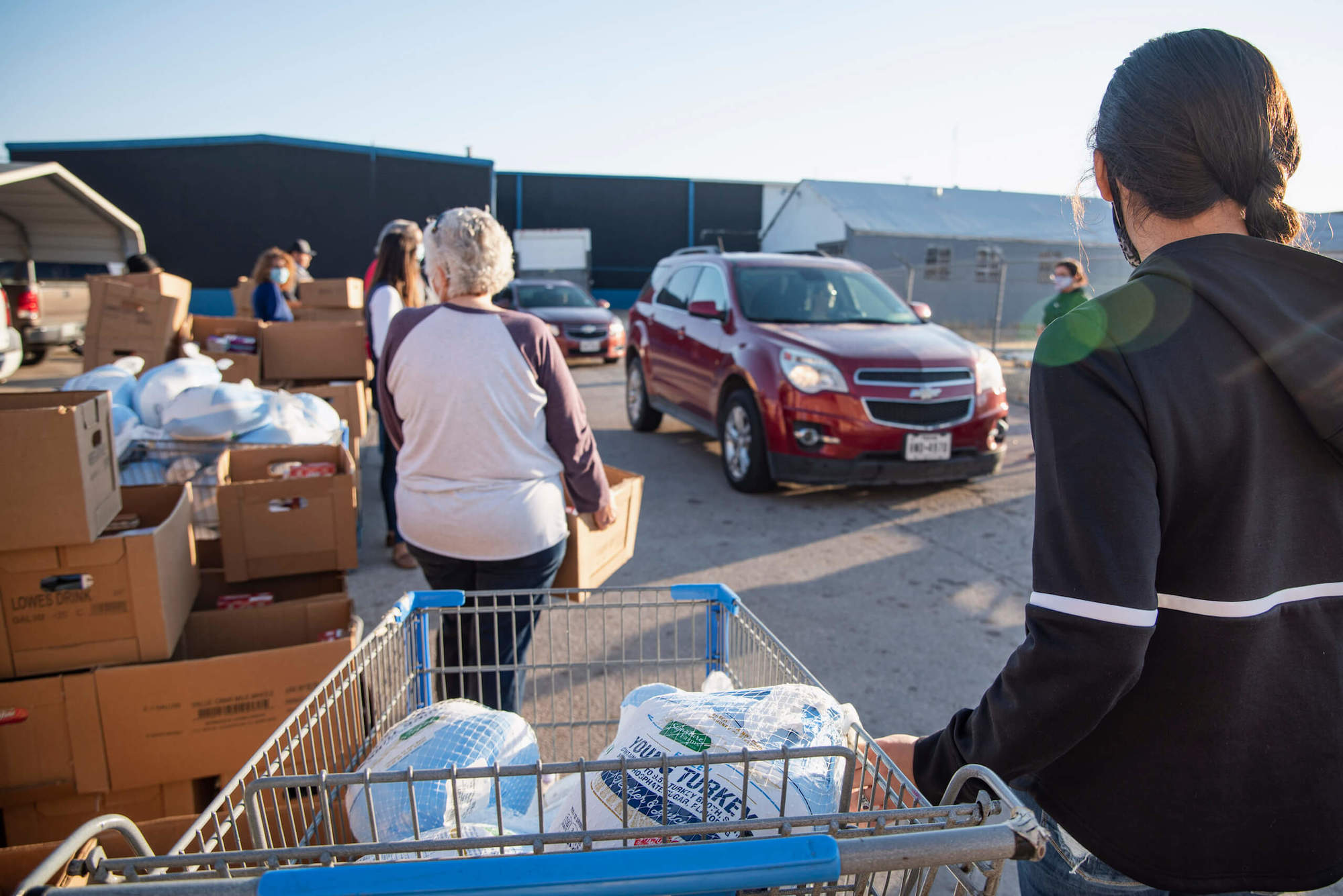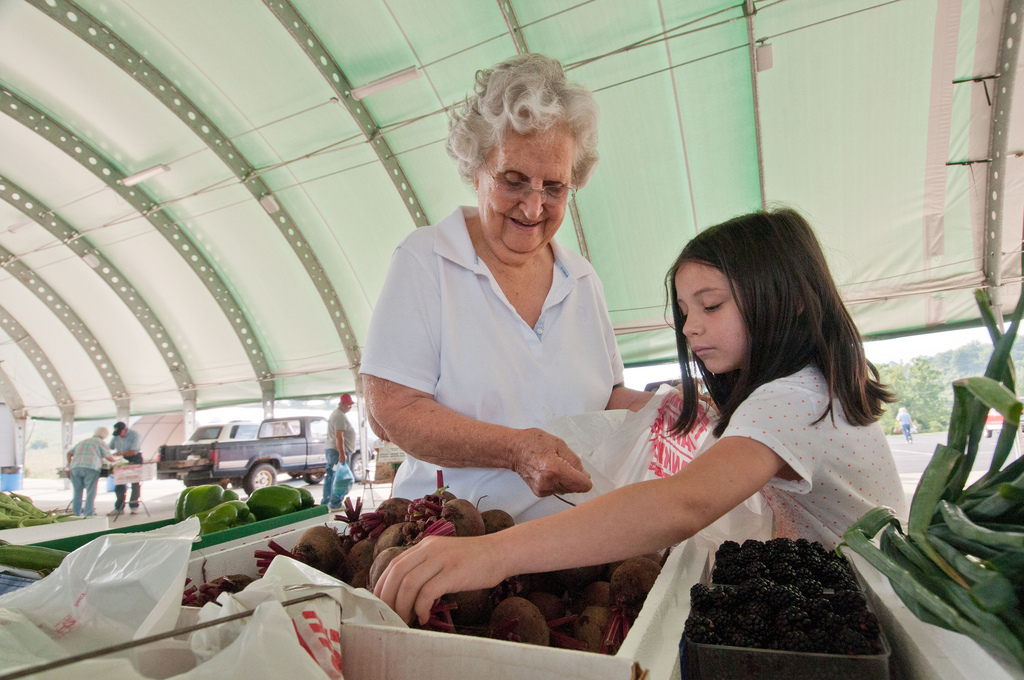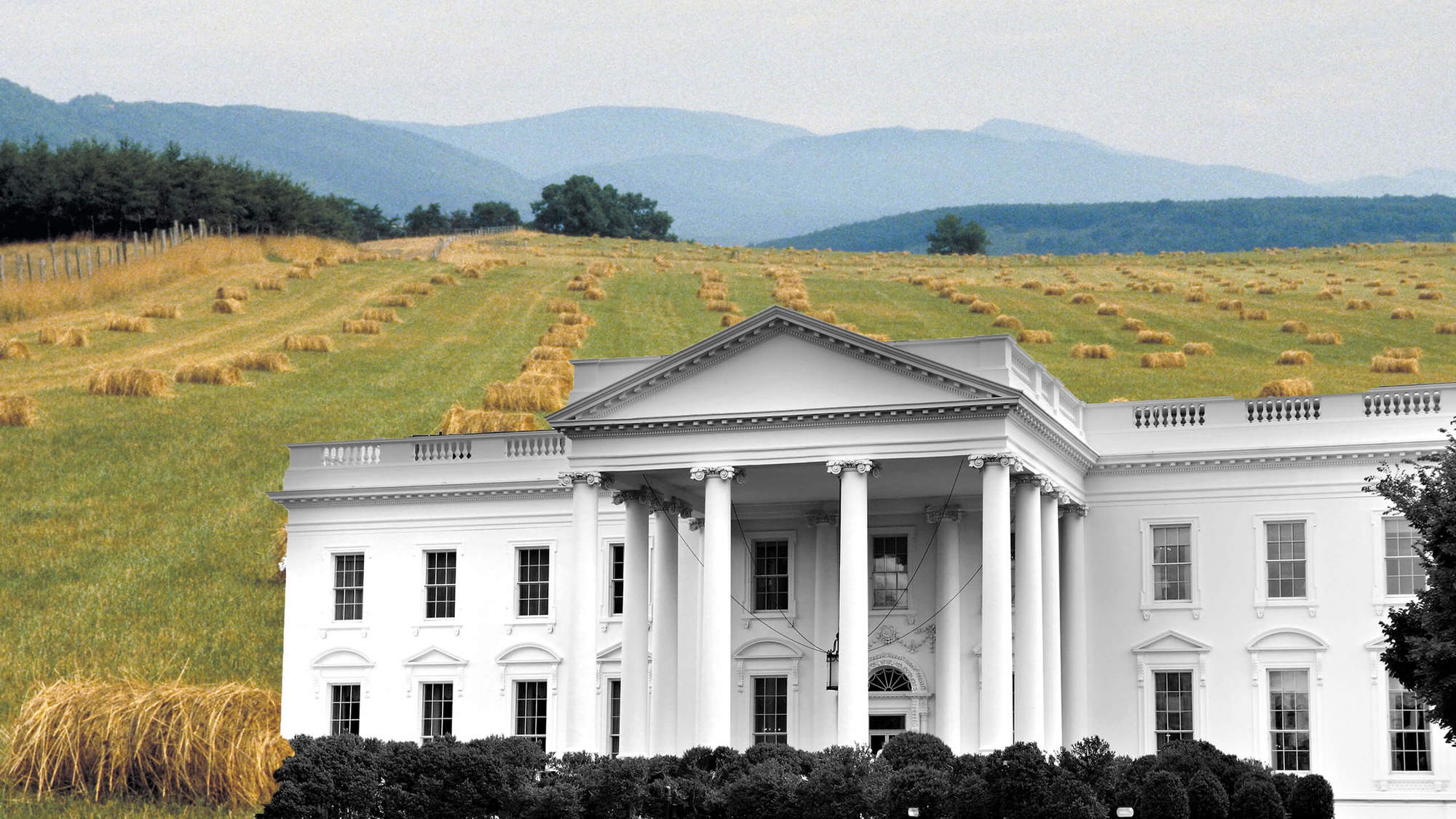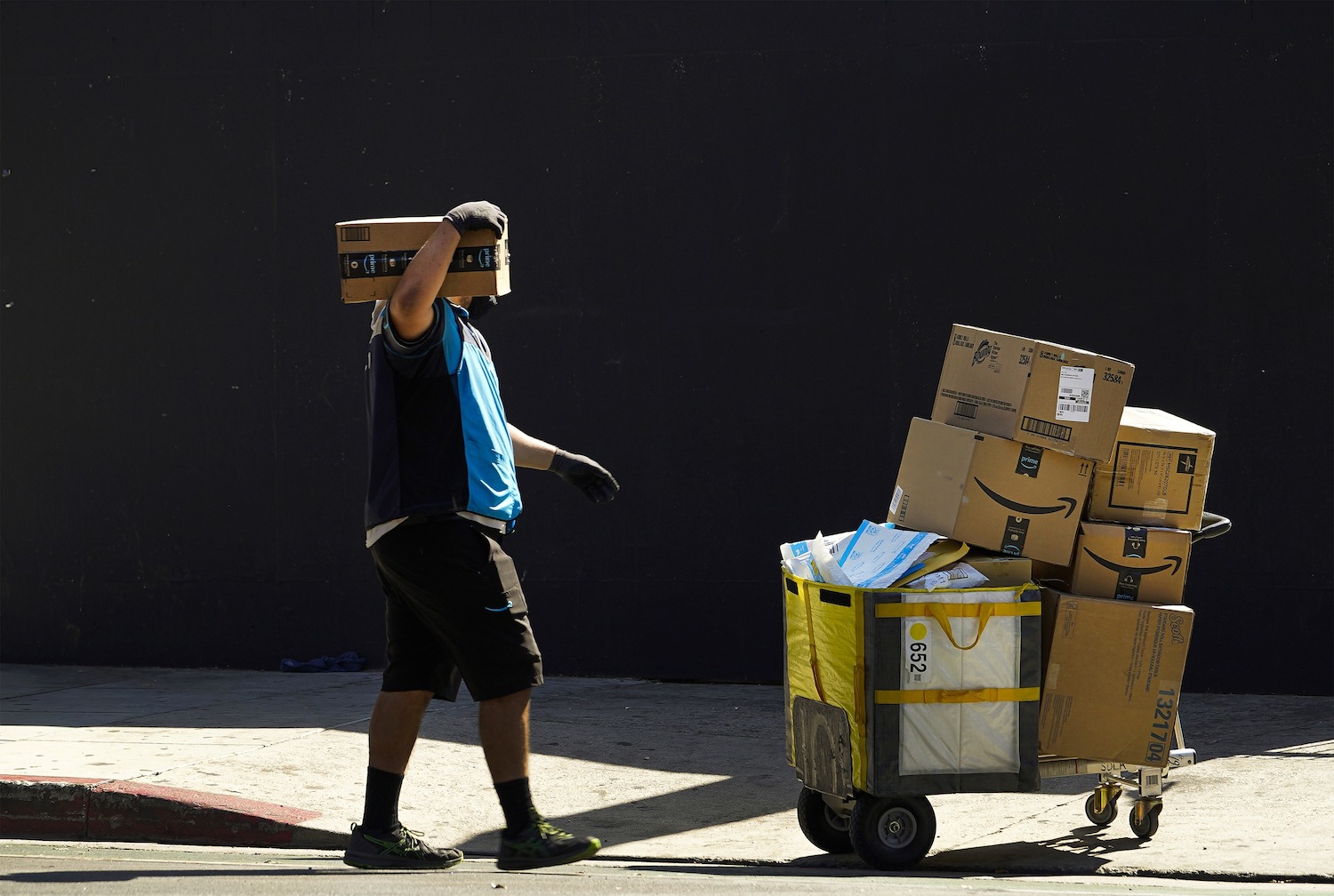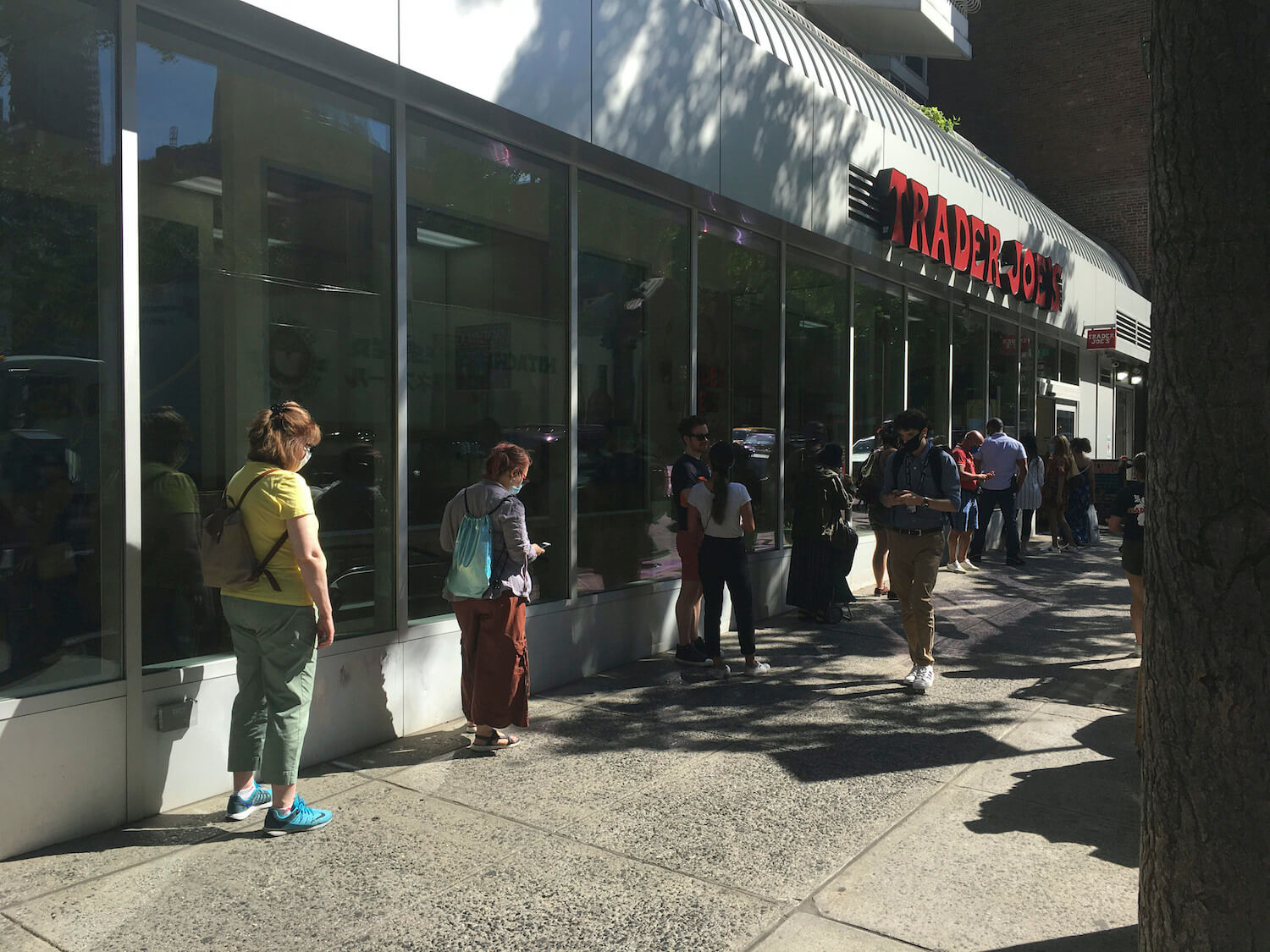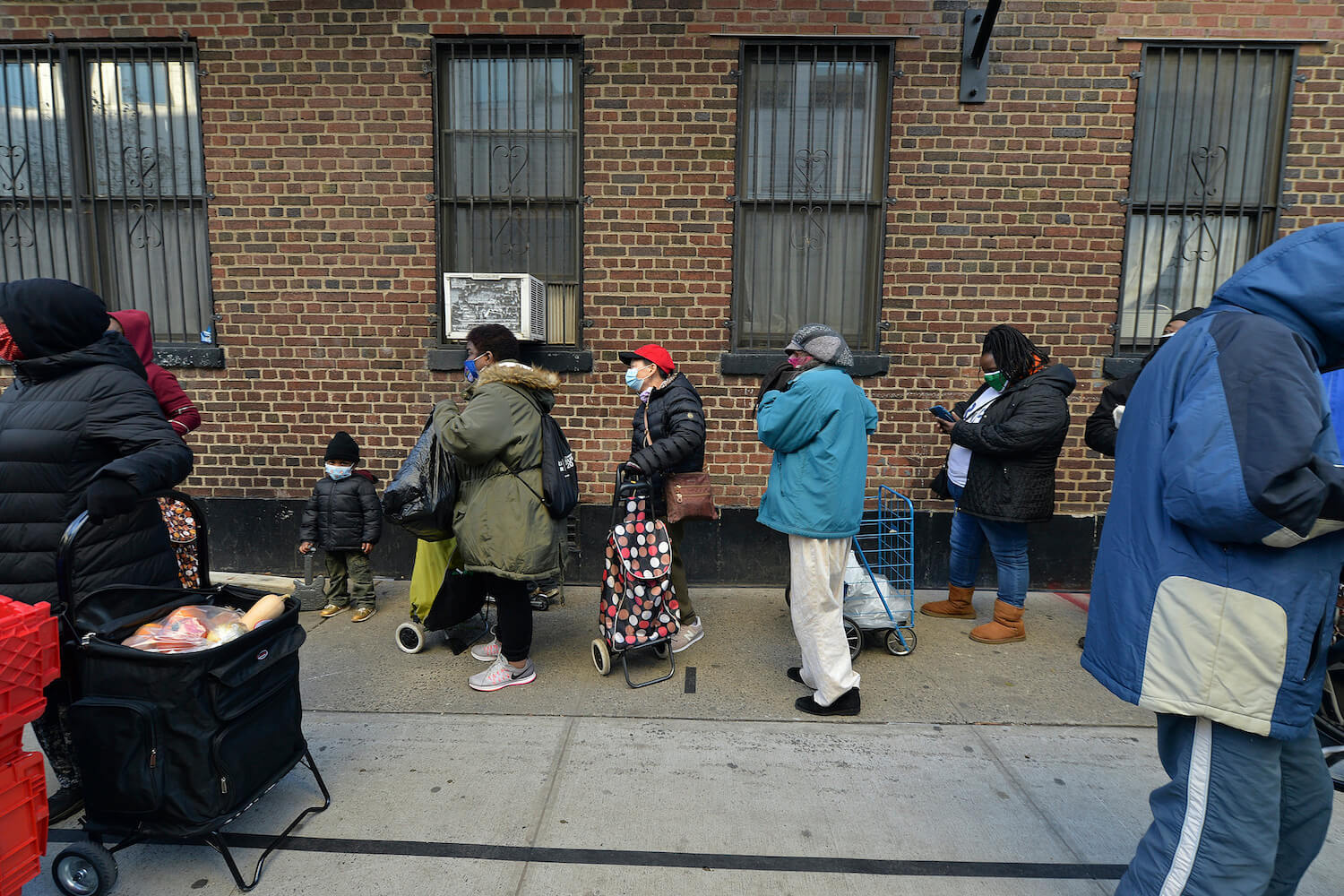
(Anthony Behar/Sipa USA)(Sipa via AP Images)
Caseloads continue to rise sharply, as other emergency assistance programs are scheduled to sunset in December.
Pictured above: People stand in line outside the Common Pantry as they wait for NY Gov. Andrew Cuomo to distribute Thanksgiving turkeys, in New York, NY.
During the pandemic, as American hunger has risen to historic levels, the country’s nutritional safety net has been stretched to its limits, according to a new report from Hunger Free America, a prominent hunger advocacy group. From March to July, the total caseload for the Supplemental Nutrition Assistance Program (SNAP), formerly known as food stamps, jumped 14 percent, from nearly 31 million recipients to over 35 million, in 33 states. Meanwhile, over the same time period, the total amount of SNAP benefits disbursed also rose, from $3 billion to $4.4 billion, or 47 percent, in 22 of those states.
The group’s figures are based on a state-by-state survey of SNAP data posted online by social services departments, including those in California, Texas, Florida, New York, Pennsylvania, Illinois and Ohio, which are the country’s most populous states. Because the United States Department of Agriculture (USDA) has not released national SNAP data since April, it’s unknown how many more Americans are currently enrolled in the program, but Hunger Free America’s report provides a robust estimate of a nationwide spike.
But as Claire Brown reported, as the year comes to a close, those expanded benefits, along with a number of safety net programs, are set to expire or risk running out of money. To avoid that calamity, Joel Berg, the president of Hunger Free America, called on Congress to go beyond the expansions provided by the March stimulus, and pass new legislation to boost SNAP snap funding by 15 percent through next September.
Tedesco notes that for every meal a food bank can provide, SNAP benefits cover close to nine.
Others say that’s just the beginning of what’s needed to combat a hunger crisis that started long before the coronavirus pandemic.
“SNAP is how we really help to push and make change and lift people out of long-term food insecurity,” said Gregory Silverman, executive director of the Manhattan food pantry West Side Campaign Against Hunger, on a press call on Wednesday. This year, he said, his food pantry distributed twice as many Thanksgiving turkeys as normal—which to him is a sign that the $60-billion program should be doubled, too. “That’s the kind of money they need to make real change.”
SNAP is the country’s leading antihunger program, helping 36 million Americans nationwide cover the costs of groceries and other food costs in 2019. During the pandemic, federal spending on SNAP has increased dramatically, due both to a bump in enrollment, and a provision in this spring’s Families First Coronavirus Relief Act that allowed states to disburse maximum benefits to SNAP households.
It’s evident from the endless lines at food banks that the billions in benefits already allocated still aren’t enough. The charities meet a critical need in communities, particularly for undocumented immigrants who are ineligible for government support. But their herculean efforts will never be as effective as direct assistance, says Julia Tedesco, director of Foodlink, a Rochester, New York-based food bank.
[Subscribe to our 2x-weekly newsletter and never miss a story.]
“Our collective response comes nowhere near the federal government’s ability to provide a true safety net,” Tedesco said, noting that for every meal a food bank can provide, SNAP benefits cover close to nine. “Charities will never be able to provide the level of assistance that SNAP has the potential to.”
As part of its report, Hunger Free America surveyed 154 food pantries, soup kitchens, and other emergency feeding programs nationwide. Overall, they have served nearly 15 percent more people this year, which they attribute primarily to job losses and lower incomes, but also the loss of school meals and senior center closures.
They also said they’re not equipped to meet the surge in demand: 22 percent of respondents said they have been forced to turn people away, or limit the food they’ve given out. That’s due primarily to a reduction in staff or volunteers, many of whom are senior citizens and vulnerable to the coronavirus.
“Charities will never be able to provide the level of assistance that SNAP has the potential to.”
Hunger Free America gives the government high marks for increasing the federally-funded Pandemic-EBT program, a program that allows states to provide families money for groceries, to make up for missed school meals. The program lifted no less than 3 to 4 million children out of hunger in the spring, according to a Hamilton Project study. Additionally, the USDA passed waivers to allow schools to feed more children for free.
Nevertheless, it asks the federal government to do more to end hunger, particularly as cities and states, now facing massive budget deficits, are considering cuts to social services. The group wants the Senate to pass the HEROES Act that was voted out of the House of Representatives in May. That bill would raise SNAP’s maximum benefits by 15 percent through September 2021, at an average increase at about $25 person per month, and raise the minimum benefit from $15 per month to $30, according to the Center on Budget and Policy Priorities.
Democratic Senator Kirsten Gillibrand of New York said on the press call that a Joe Biden administration could possibly change maximum SNAP benefits through rulemaking, just as the Trump administration has unilaterally sought to restrict eligibility. At a minimum, that action would signal to Democratic and Republican legislators alike that hunger is an urgent issue.
“Leadership matters,” Gillibrand said. “Helping families overcome poverty and hunger should never be a partisan issue.”

